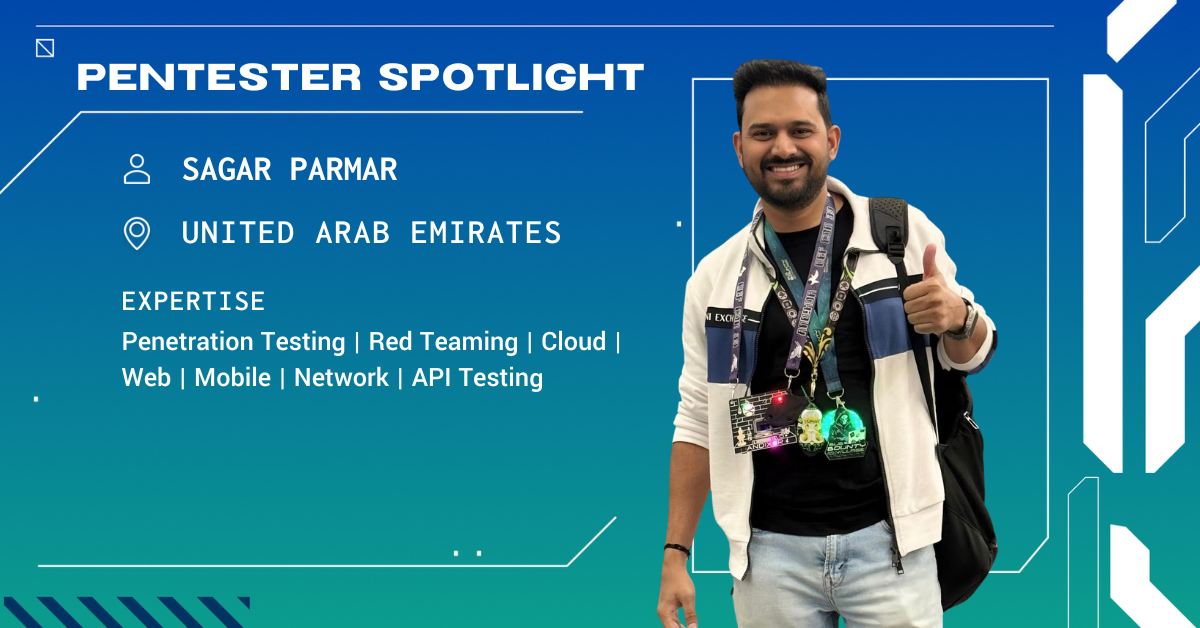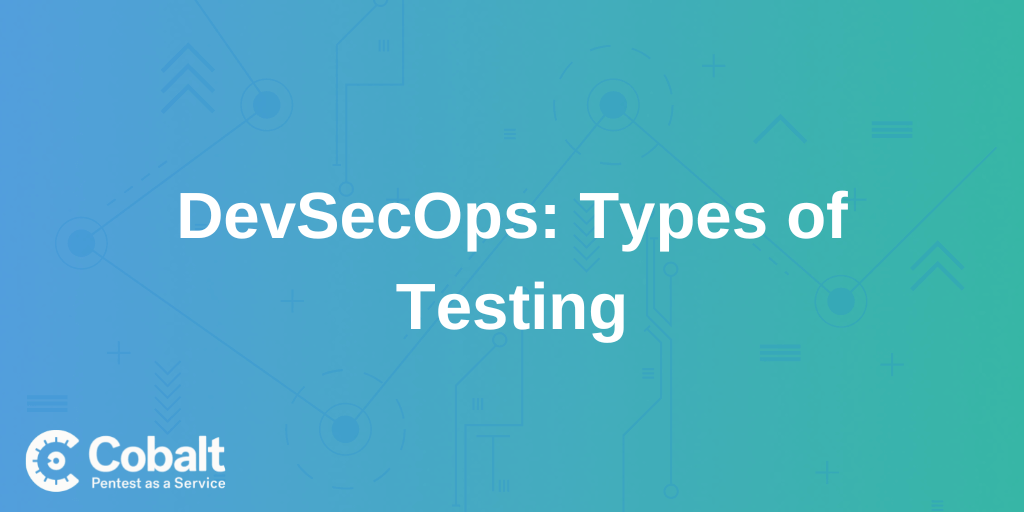In 2019, the Cobalt People team launched our first company-wide career paths. This was an important exercise, as it helps employees understand their growth trajectory with the company and ensures managers are regularly having performance and growth conversations with direct reports.
These are the steps we used to create our paths, based on what we’ve humbly learned over the past year.
Now, onward into the weeds. Here are the steps we took to create our career paths:
Step 1: Define your goals (and don’t be a follower)
The reason for creating your career paths and associated goals should never only be because other companies have them, nor should another company’s career path be used as a direct template for your own. However, progression.fyi and levels.fyi are great places to spark inspiration.
As Spotify says in a post about their own career path model, “Your culture is unique; a career path framework from another company will not build on or reinforce the values that make your company great.”
Our main People team goals are:
To attract, retain, and inspire talent to grow, particularly when the environment is unpredictable (as startups so often are).
To be consistent and fair — everyone should have the same opportunity and be evaluated and rewarded as fairly as possible. These paths act as a baseline for compensation and performance evaluations.
Step 2: Assemble the “bones”
The best individuals to consult when building your paths are the ones doing the work. However, it’s up to you as an HR professional or team leader to create consistency by sharing the “bones” of your approach.
Our “bones” consist of:
1. Definitions of Makers vs. Managers
At Cobalt we have two career paths:
- Maker: The Maker career path is for colleagues who create Cobalt. They develop software, meet with clients, recruit talent, get leads, work with our Pentesters, etc.
- Manager: The Manager career path is focused on enabling colleagues at Cobalt. Manager career paths focus on recruiting, delegating, educating and facilitating so Makers can create and build Cobalt.
Makers are not ‘better’ than Managers or the other way around. If you think that Managing is better than being a Maker you are probably not ready to be a Manager at Cobalt.
2. Definitions of levels, teams, and titles
- Levels: Within the different paths for Makers and Managers, Cobalt has 6 levels (labeled C[obalt]1-C6). These are used for compensation benchmarking. We have a central Management path for all Managers and individualized paths for every Maker. Our CEO, Jacob Hansen, created our Management path, which allows teams to focus on helping to define their Makers’ paths.
- Teams: There are 14 teams within our framework, all with paths for their roles. We’d like to have a path for every single role but the less defined roles in smaller teams tend to have draft paths. We’re a startup, after all.
- Titles: We try to create as much consistency among titles across the company as possible. We avoid manager titles for individuals without direct reports. We also use traditionally “technical” titles for traditionally “non-technical” roles, such as level 4 “Staff Software Engineer” and “Staff Marketing Specialist”.
3. Principles and overarching guidelines
- The levels are building blocks — every level assumes that the individual has mastered the core requirements in the levels below.
- In order to be promoted from one level to the next, the individual must operate on the next level for at least 3 months (not necessarily covering every base but at least critical elements).
- Employees at all levels are expected to visibly demonstrate Cobalt’s 4 values in their work and behavior/interaction with other Cobalt employees and external stakeholders.
- An employee can move down a level if it is agreed upon with the People team that this makes sense from a performance and development perspective.
- Employees can move across functions in collaboration with functional team leads, Managers and the People team.
- Cobalt is a growing company and opportunities are not limited to those listed within our Career Paths. We encourage employees to discuss additional opportunities with their manager and the People team.
4. Sample completed team paths
At Cobalt, we decided a few key elements are useful for each role: “at a glance” summary, short overview, experience, technical competencies, leadership and collaboration competencies, and business competencies. A couple of our most experienced leaders created this structure and their team’s outlines first, which we shared with every other leader to use as a template for their own teams.
Step 3: Gain buy-in, and never forget
To be honest, we were lucky to have our CEO, Jacob Hansen, spearhead this project, which naturally makes buy-in easier. However,
the key to getting buy-in and keeping your paths relevant is to never allow your team to forget they exist. It’s much easier to see the value of creating these paths when you have constant reminders of their impact.
This allows Makers to let their Managers know when the paths could be improved and for Managers to let Makers know where they stand.
We chose a few places to highlight these career paths:
-
Recruiting: We frequently send candidates our Career Paths as examples of what their growth could look like with us.
-
Onboarding: We host introductory sessions with new hires which includes an overview of these paths.
-
Our wiki: Our paths are easy to access for anyone internally, at any time.
-
Reviews every 3–6 months: This has been the most powerful tool to remember the impact of our paths. There were a few managers who never completed their paths until we explicitly included them in our performance reviews, simply because it wasn’t clear enough how useful they would actually be. This is simple to do, even if you’re only using Google Drive for your process.
While these are only 3 overall steps, this process took months to complete and it is a constant work-in-progress.
A work-in-progress with a clear, wonderful result: for everyone to continuously grow. Part of our vision as a People team is that when Cobalters look back at their time with us, it stands out in their careers as one of the most positive times of growth.
With these paths, that vision becomes significantly more visible, achievable, and powerful.








